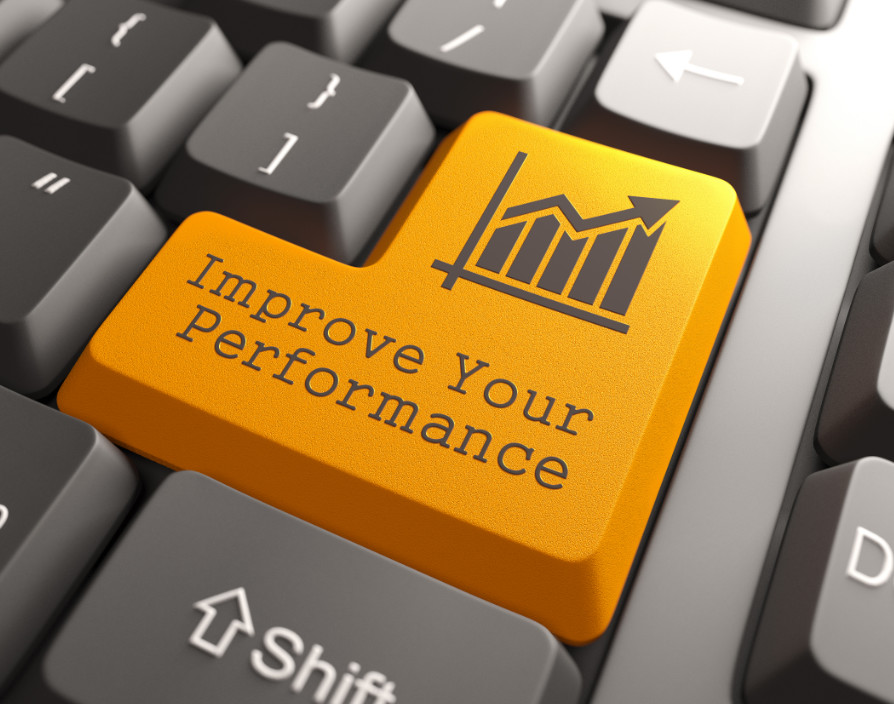Most people wish they were more productive – the secret is to design productivity into your day.
Perhaps, like me, you’ve had times when you looked in the mirror and thought you would be further ahead than you were. Or perhaps you felt your lack of willpower, self-discipline, or focus was holding you back. Or maybe you didn’t feel there was enough time in the day, or that your days were full of ‘busy work’, rather than work on what mattered most.
The truth is we’ll never reach our full potential in business or life without mastering the art of getting the right things done with the least amount of effort. That is true productivity.
But productivity thinking typically starts in the wrong place, jumping straight into the optimization of work.
I challenge you to think differently by focusing first on the installation of an evening routine and a morning routine. By controlling the ‘book-ends’ of our day we lay the foundation for our most productive work.
Evening routine
A productive day actually begins the day before, rather than the morning of. For your evening routine I suggest you introduce some calm and sedate yourself. And I don’t mean with a glass of wine! I mean sedate as in the creative pronunciation of the acronym SD8.
The S stands for creating a static Shutdown appointment in your calendar. When that appointment time comes along you do a final sweep of your to-do list and email, check your calendar for the next day or two ahead, and then choose the top three things you’ll do tomorrow AND, this part is critical, drop your top three things into white space of your day – the free slots between any existing appointments or meetings you have with others. After this you need to choose to shutdown. That’s it. Work day complete. No more replaying conversations, thinking about emails, or wondering what you need to do tomorrow. In this way you can transition to home life and properly rejuvenate.
The D stands for creating a Digital Sunset alarm on your phone at least one hour before your bedtime. When the alarm goes off simply shut off your electronics. Looking at the blue light from devices such as your phone and laptop in the last hour before bed can reduce your melatonin production by 50%. Without enough melatonin we won’t sleep as long or as deeply as we should. And without the distraction of a phone you’ll also be a lot more present with your family, so you’re not only winning at work, but also succeeding at life.
The 8 stands going to bed at a time that enables you to get 8 hours of sleep. Your chances of having the gene that allows you to thrive without 8 hours of sleep is equivalent to being struck by lightning. So you don’t have the gene! Less than 8 hours of sleep per night will not only harm your productivity by reducing your ability to focus, but also set you up for cancer, cardiovascular disease, and mental illnesses like Alzheimer’s and dementia. It’s not about surviving with less sleep. It’s about thriving with more. If you’d like to go deeper on the topic of sleep check out Matthew Walker’s book “Why We Sleep”.
Morning routine
Now there are lots of ways you can structure a morning routine. Most important of all is to have a structure. I like to think of my morning as the time where I rev the engine of my day. Or in other words, where I “Rev the A.M., which I think of with the acronym REV-AM. Each of the letters stand for a part of the routine, which in total takes me about 60 minutes to complete. When you start your morning in a structured way your prime yourself for productive output, knowing that you’ve already looked after yourself.
The R stands for Read. I love reading, but often struggle to find time to read during the day. When I add it to the front-end of my schedule it always gets done. Sometimes I use this segment to simply Review my day as well. (20 minutes)
The E stands for Exercise. Whether some bodyweight training or cardio, nothing gets the blood flowing like some movement in the morning. It also releases a cocktail of positive hormones throughout the body and spikes your energy for the rest of the day. (20 minutes)
The V stands for Visualize. I do a few things in this regard. Firstly, I visualize how I will show up with excellence in each activity throughout the day. For example, how will the best version of me participate in that meeting or complete that report? Secondly, I anticipate where the day may go wrong, the likely challenges or enemies (eg, procrastination, interruptions, negative thoughts) that will try to disrupt my plan, and how I’ll deal with each. Finally, I visualize my long-term goals. I see myself achieving them and visualize what life will look and feel like in that moment. (5 minutes)
The A stands for Affirmations. I usually have a statement or two that I write out to myself. Statements that remind me of my strength, resilience, and brilliance. All of which each and every one of us have, if we choose to remind ourselves! (5 minutes)
Lastly the M stands for Meditation. I use a simple breathing meditation. I sit in a relaxed, but still upright position, close my eyes, and begin taking some deep breaths. With every breath I count. 1, 2, 3… until I reach 10. And then I simply start again and count out the next 10 breaths, and then the next. I use a timer to signal when I’m done. (10 minutes)
So that’s how I design productivity into my day with a powerful evening and morning routine. So, how might you bring some structure to your evenings and mornings? If you had that structure in place do you think you might reach higher levels of productivity? Why not collect your own data and give it a try?
In next month’s piece I’ll continue the productivity improvement campaign by focusing on powerful routines you can introduce into your work day. But for now, let’s make sure you’re optimizing the book-ends of your day with an evening and morning routine!
And if you’d like further detail on all of these routines, plus all my other top peak performance tips, you can sign up for my weekly newsletter at ericpartaker.com
“
Share via:


















































